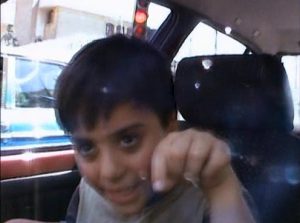Pedram Dibazar in New Review of Film and Television Studies (2017), 1-28.

This article aims to uncover the cinematic effects that Kiarostami creates through automobility. It is concerned with analysing the intertwined spatial and aesthetic regime that builds on the car’s mobility in Kiarostami’s films. Almost all of Kiarostami’s feature length films produced since 1990 – with the exception of the experimental Shirin (2008) – include significant scenes shot in and of cars. Cars are especially prominent in Life and Nothing More (1992), Taste of Cherry (1997) and Ten (2002), the latter film being shot entirely in a car. Saturating the screen and filmic time, cars in these films suggest a world of inhabitation in mobility, and produce a visually distinct cinematic language. They provide conditions for interacting with the everyday and generating meaningful associations with space. Cars are also crucial for the specific regime of looks that Kiarostami creates. This article claims that Kiarostami’s cinema of mobility builds an embodied mode of cinematic practice and sense experience that engages with the everyday and acquires its rhythms. In this way, the article argues, Kiarostami’s cinema of everyday mobility poses critique on socially and culturally constructed regimes of spatial signification, visual communication and cinematic production.
Image: Ten (2002, dir. Abbas Kiarostami)
